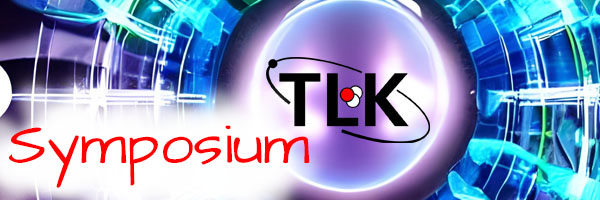Near-term fusion reactor concepts are based on the fusion of deuterium-tritium in a magnetic confinement configuration. While deuterium is abundant in nature, tritium is virtually non-existent and it is, at the moment, only a man-made by-product of some specific types of fission reactors. The current global inventory of man-made tritium is very scarce and keeps diminshing in time due to the...
The design of ITER/DEMO tritium processing systems should benefit from experimental data and process validation on experimental facilities that are relevant from size and operational parameters point of view. Several rigs and experimental facilities have been developed or are under development in order to characterize different materials and components for some ITER and DEMO Tritium Plants...
Tritium self-sufficiency is one of the big challenges of a DEMO power plant. This means that the efficiency of all the aspects related to tritium production, recovery and processing must be improved and, at the same time, all possible losses and inventories must be reduced. The nuclear fusion technologies division of the ENEA FSN department is very active on these topics. This talk illustrates...
The Fusion Materials Laboratory (FML) is a unique facility providing experimental techniques for the investigation of radioactive and toxic materials. Its main purpose is the development and qualification of functional and structural materials for fusion power plants. Consequently, the interaction of tritium with these material classes is one of the core research topics at the FML.
The talk...
Hydrogen's three naturally occurring isotopes, protium (H), deuterium (D) and tritium (T) lie at the focus of the DFG Research Training Group 1,2,3H (RTG 2721), which combines the expertise of Leipzig University, the Helmholtz-Zentrum Dresden-Rossendorf/Research Site Leipzig, and the Leibniz Institute of Surface Engineering in the fields of laser spectroscopy, materials science,...
We have designed and build a new setup at the Tritium Laboratory Karlsruhe (TLK) for the measurement of the Sieverts-constant of lithium-lead (PbLi) with tritium. To reduce the systematic impact of hydrogen solubility in different materials, we used aluminium and glass parts for the majority of the setup choosing stainless steel only where no alternatives are available. Combined with a careful...

